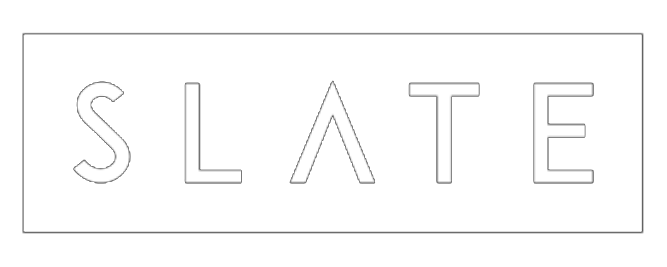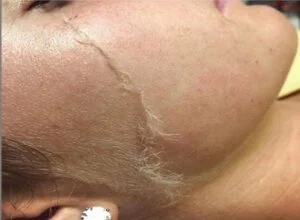Dermaplaning 101
DERMAPLANING 101:
What to Know About the Benefits, Cost, Pain, and More
WHAT TO KNOW BEFORE DERMAPLANING
Dermaplaning — aka the exfoliating treatment that involves gently scraping the surface of your skin with a surgical scalpel.
Even though it sounds like just another BS treatment with too-good-to-be-true results, dermaplaning is actually one of the most effective dermatologist-backed solutions for dealing with dull, blah skin.
Will dermaplaning make my hair grow back thicker?
Contrary to what you’ve been told, dermaplaning (and shaving!) will not make your hair grow back thicker or darker.
Once your hair begins to grow back, it might feel different because the hair was cut straight across,
but it’s actually the same texture as it was before
and it will continue to grow at the same speed.
Are there any side effects of dermaplaning?
In the hands of a professional, dermaplaning is safe for most skin types, especially those with sun damage, fine lines, dry patches, and dull skin.
But of course, there are caveats:
If you have highly reactive, sensitive skin (like those with keratosis pilaris or cystic acne), you may want to pass on this one, since it might irritate your skin.
After dermaplaning is performed, you may experience a very light redness for about 30mins -1 hour. However it's quite rare!
Will dermaplaning cause breakouts?
Quite the opposite, actually.
A buildup of dead skin can clog your pores and hair follicles, which can not only cause pimples but also block your skincare products from penetrating the skin, which is why exfoliation is essential for maintaining an even, healthy glow.
If you are already having an existing breakout, our aestheticians can safely work around your acne!






